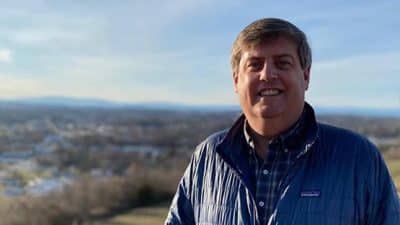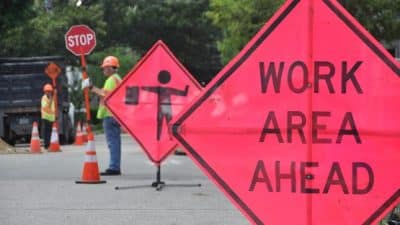Del. Sam Rasoul, D-Roanoke, held a press conference today stating that the Mountain Valley Pipeline poses significant threats to our communities’ water resources.

“As the Mountain Valley Pipeline is under consideration, I want to ensure that our localities’ drinking water sources will remain clean,” said Rasoul. “Earlier this month, an aquifer was punctured in Pennsylvania contaminating local water sources due to a regional pipeline project. We must heed the recommendation from the Virginia Department of Health to make sure our water sources are not jeopardized. Virginia has broad authority under the Clean Water Act through the State Water Control Board to deny any water permit if a project will ‘impair the beneficial uses of state waters.’ New York, New Jersey, and Connecticut have denied permission on the basis of similar laws and regulations.”
Mike Pensinger, general manager at Parkway Brewery, also spoke about the effects that the Mountain Valley Pipeline could have on local businesses and economic development. Tammy Belinsky addressed the impact the Mountain Valley Pipeline would have on our communities’ rural residents.
Potential water sources that could be impacted include Western Virginia Water Authority Spring Hollow Water Reservoir, the Roanoke River source for the City of Salem Water Treatment Plant, thousands of private ground water wells, and regional public ground water wells. Additional investigations should include a supplemental review of upland impacts to the Roanoke River Basin, a thorough study of total sediment displacement into the Roanoke River across the 100 plus crossings, a sanitary survey within 1000 ft. on either side of the pipeline to ensure water source protection, and significant dye-testing to trace water flows throughout the pipeline’s impacted area.










